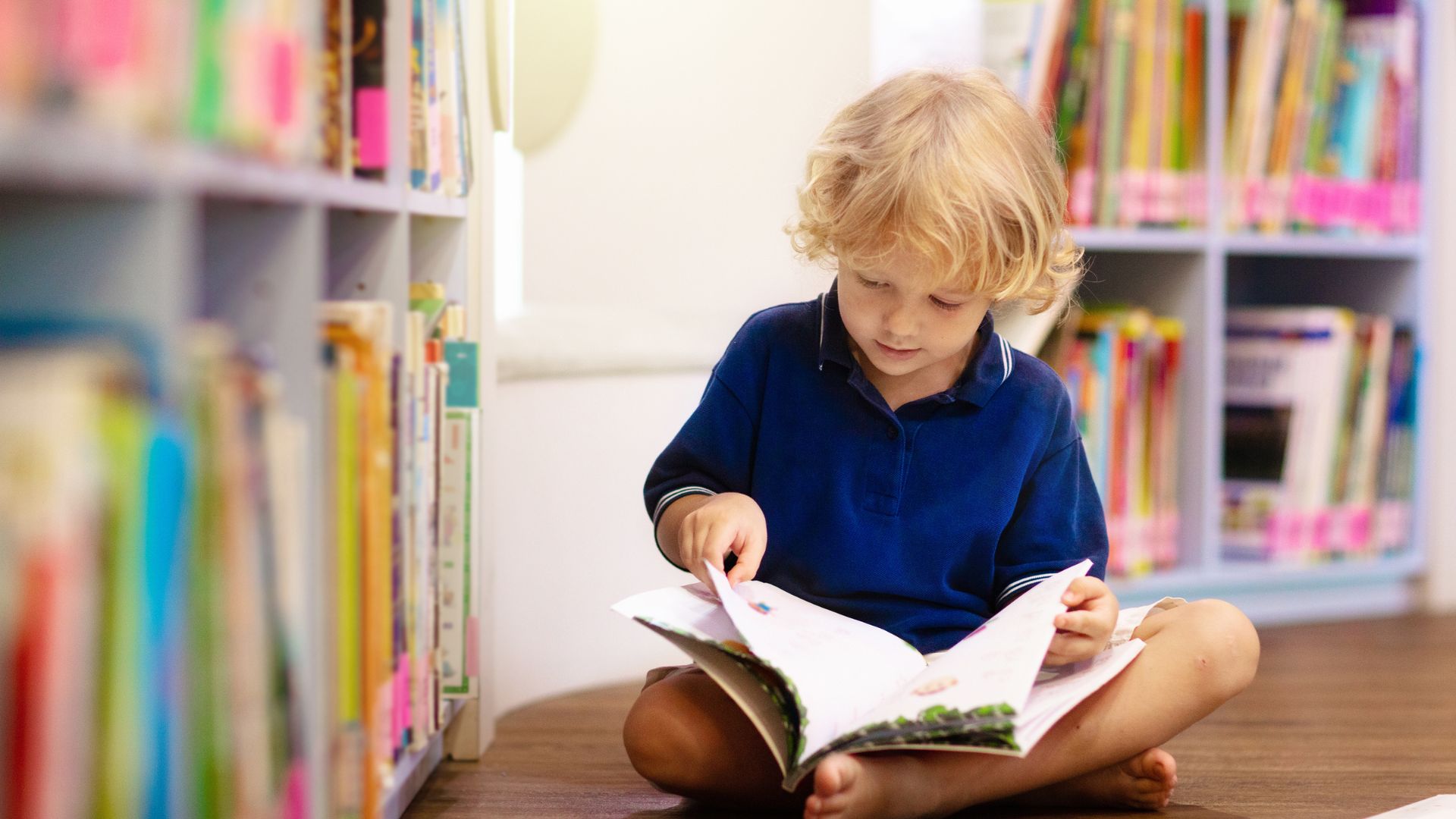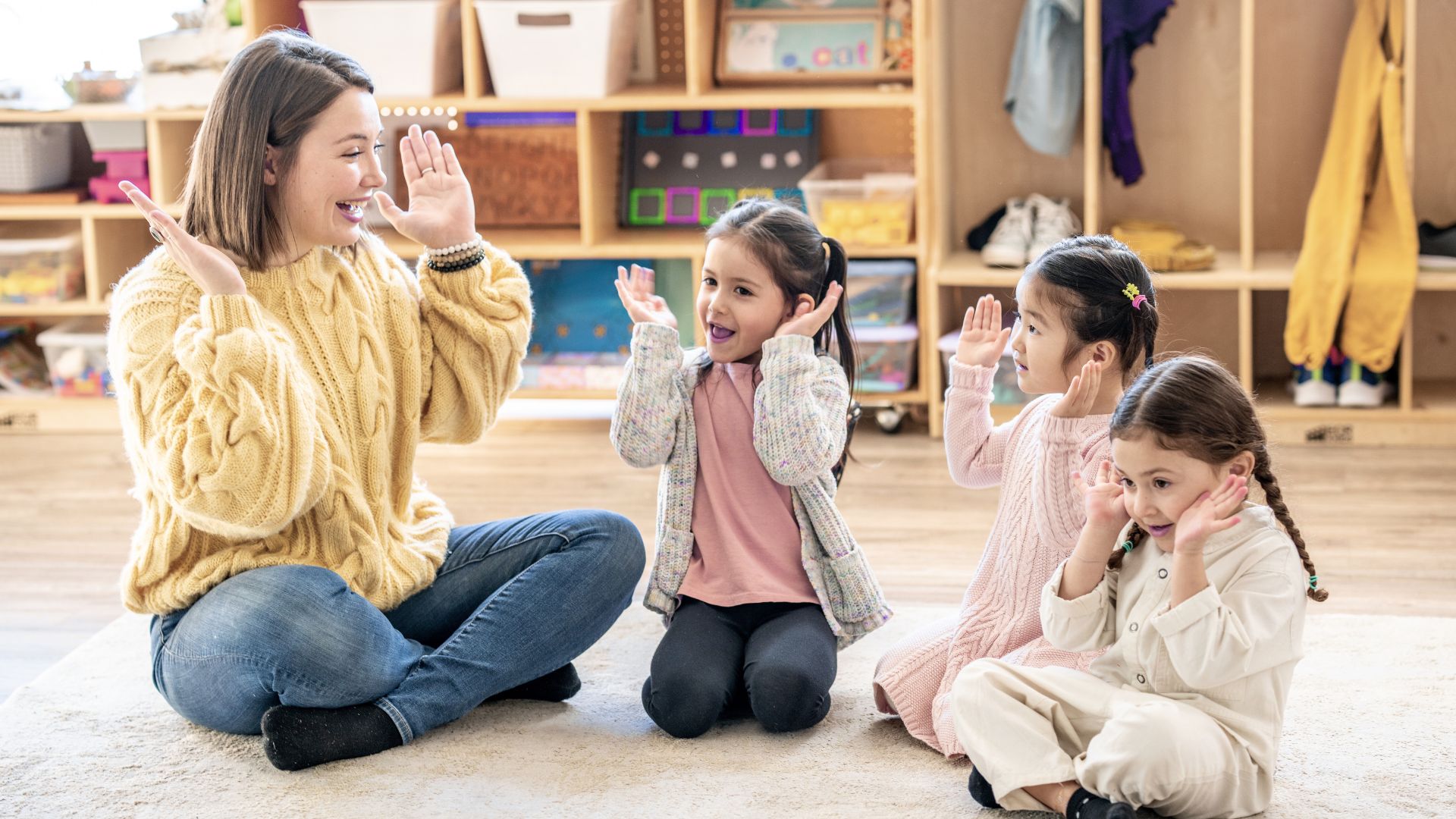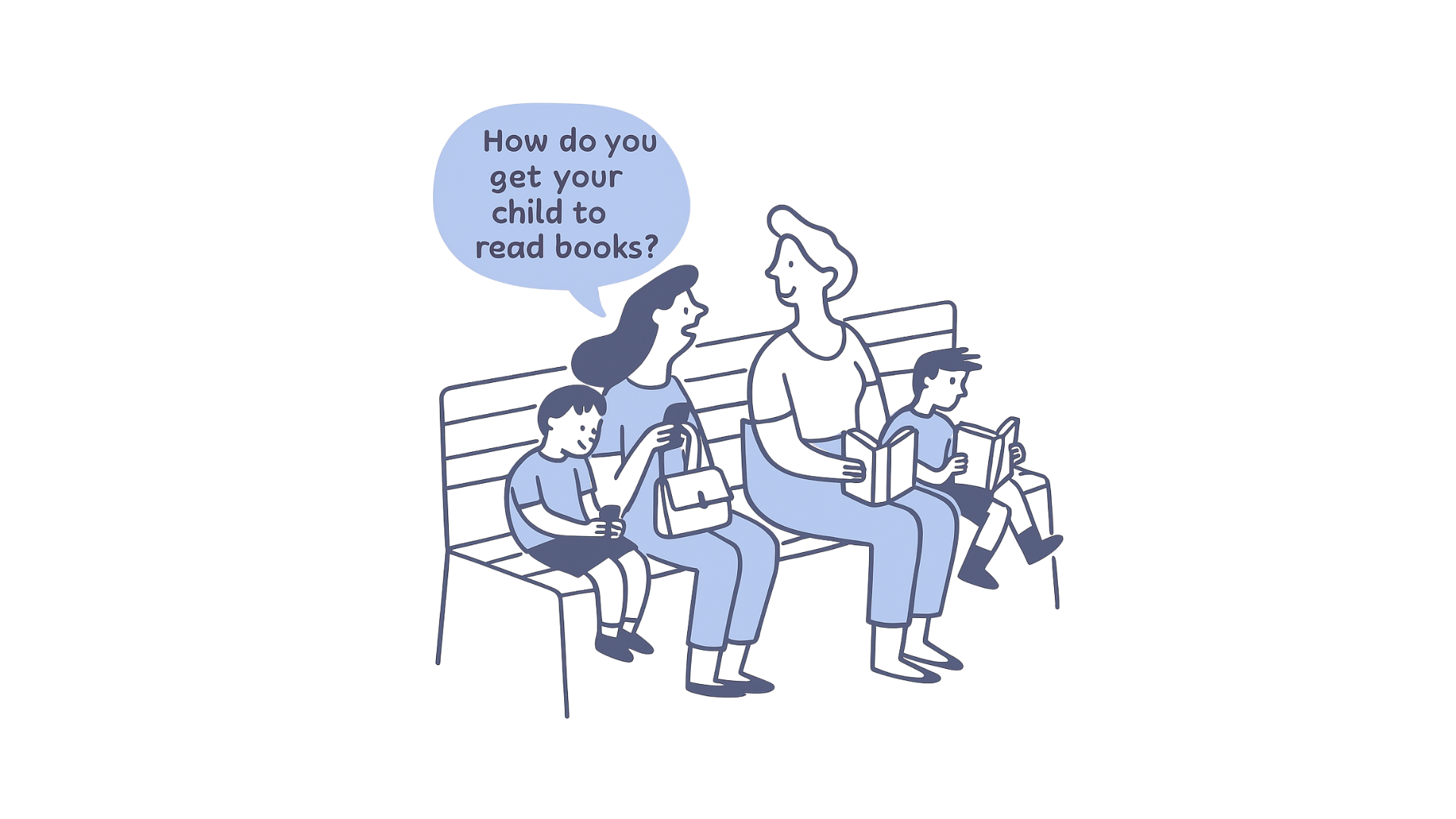When Is a Child Ready to Read?
What neuroscience and Finnish early education reveal about children's brain development and literacy?
In many parts of the world, there's a growing expectation that children should start learning to read as early as age four or five. Parents often worry that their child will fall behind if they don't start reading early. But what if rushing reading does more harm than good?
In Finland, children don't begin formal reading instruction until they are seven years old — and yet they become some of the strongest readers in the world. So how does this work?

A child's brain may not be ready at age 4
Learning to read is not just about recognizing letters — it's about complex brain coordination between areas responsible for visual processing, memory, language, and attention. Neuroscientific research shows that many children's brains are not developmentally ready for reading before the age of six or seven.
Trying to teach a child to read before they are ready can lead to:
-
Frustration or anxiety
-
Negative feelings toward learning
-
Difficulty focusing or understanding text
-
Less time spent developing foundational skills like oral language or social-emotional confidence
"Reading readiness is built, not rushed."
That said, if a child shows clear interest in letters or books, it's absolutely okay to support that interest! The key is to follow the child's curiosity — not push them before they're developmentally ready.
Early language skills come first
Reading begins long before formal instruction. Before a child can read, they need to:
-
Understand and use a wide range of vocabulary
-
Hear and play with sounds (rhymes, rhythms, syllables)
-
Develop listening comprehension
In Finnish kindergartens, these skills are nurtured through play, songs, shared storytelling, and warm daily conversations.

Pre-literacy grows through play
Finnish early education places a strong emphasis on pre-literacy — skills that prepare a child for reading:
Recognizing letters and sounds
Understanding how print works
Learning to love stories and books
These skills are built through natural, joyful activities like:
Rhyming games
Drawing and pretend writing
Acting out stories
Playing with books together
No drills. No worksheets. Just trust in the child's development.
Children copy what they see — including reading
One powerful way to support early literacy? Be a reading role model.
When parents read regularly — books, newspapers, recipes — children start to see reading as something meaningful and enjoyable. Children of parents who read often are more likely to:
Be curious about letters and words
Ask for books or stories
Develop positive attitudes toward learning
"Children become readers not just by learning letters — but by loving language."
Finland starts later — and still gets top results
In Finland, children start school at age 7. That's when reading instruction formally begins. Yet by the end of the first year, nearly all children are fluent readers — and Finland continues to rank among the top countries in literacy worldwide.
The reason?
Finnish children arrive at school motivated and emotionally ready to learn
Their pre-literacy foundation is strong
Reading is not rushed — it's built on joy, trust, and developmentally appropriate practices

What parents and teachers can do — instead of rushing
If your 4- or 5-year-old isn't reading yet, don't worry. Here's how you can support their learning:
✅ Read together every day — make it cozy, fun, and pressure-free
✅ Ask questions like "What do you think will happen next?" or "How did you know that?"
✅ Play with language — rhymes, songs, silly words
✅ Let your child draw, tell stories, and pretend to write
✅ Model a love of reading by reading yourself
And most importantly: follow the child's lead.
Read also

5 Most Common Questions About Finnish Early Childhood Education
When we meet with kindergarten directors, educators, and parents around the world, we are often asked the same questions about Finnish early childhood education. Here are the five most common ones – and the answers that reveal what makes the Finnish approach so unique.
